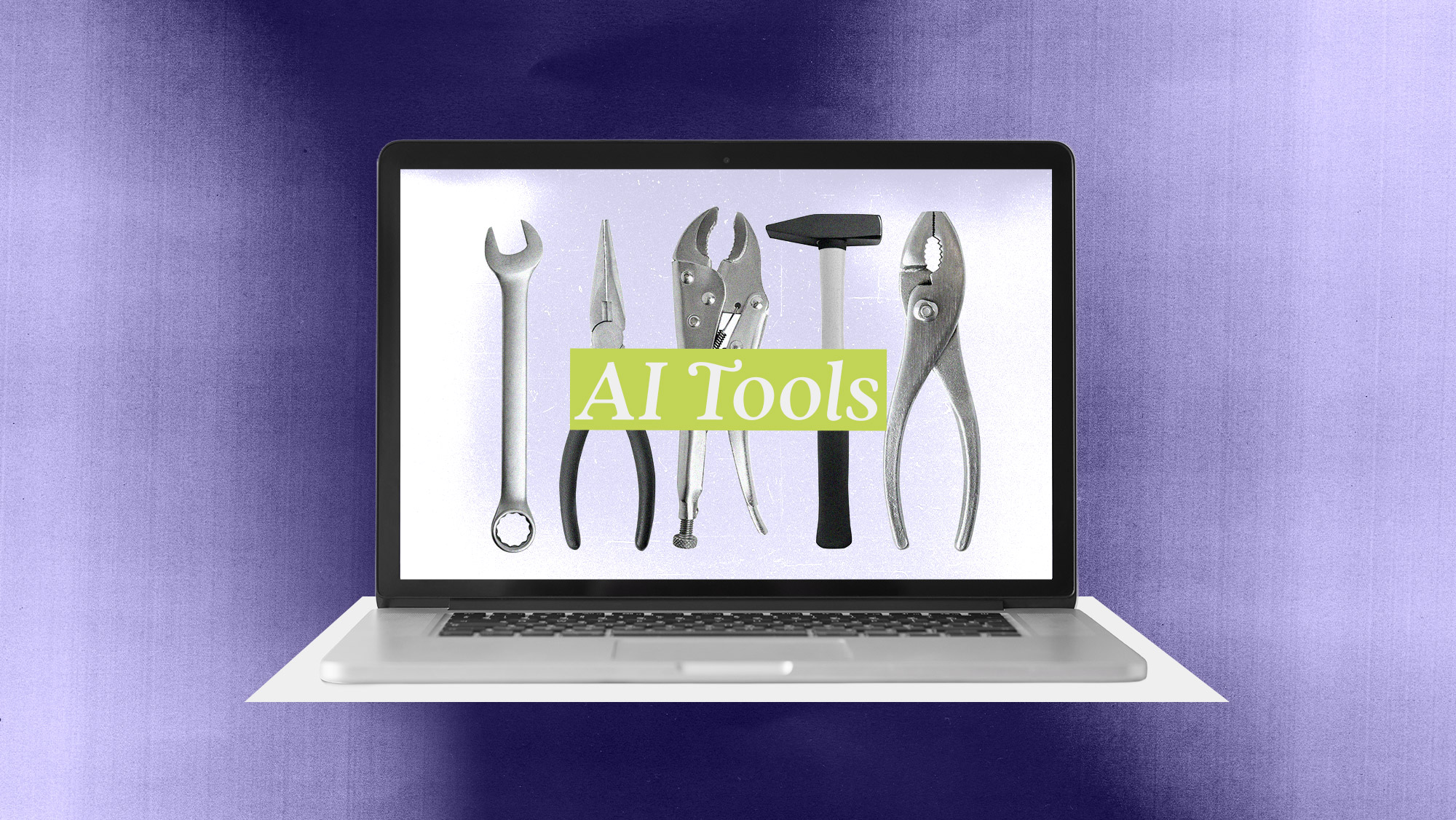
AI and the Retail Marketer’s Future
How AI transforms strategy and processes, driving the adoption of Positionless Marketing
Exclusive Forrester Report on AI in Marketing
A content recommendation engine is a platform that recommends personalized content to individual users based on their preferences and behaviors. This technology is commonly utilized on websites and applications to show content to visitors based on individual interests.
Many platforms show suggestions based on engagement. So, when you are new to a particular platform, you may not find any of the content suggestions to be useful. Optimove provides content recommendations based on your traffic source, so that we can begin to recommend products from your first visit.
Content recommendation engines can also feed dynamic content to the visitor. This content is based off of the customer’s past viewing behavior paired with viewing behavior from similar users, and the engine can generate content as you scroll down the page.
A content recommendation engine works by combining data and machine learning technology. The most important aspect of this process is data: the more data there is, the more patterns are formed, making the process more relevant and efficient.
Collecting data: The first step is collecting as much data as possible. There are three main types of data to be collected.
Storing data: The next step after collecting data is to store the data.
Content analysis: The next step is for the algorithm to look for patterns within the stored data. There are three main types of content analysis.
Data filtering: There are three main types of data filtering to refine and select relevant data for the customer.
Content recommendations are important because they deliver personalized and engaging experiences to customers. This results in increased customer satisfaction and engagement, driving more conversions, increased basket size, and longer loyalty. When used beyond your website or app, content recommendations can drive traffic to these locations.
The benefits to content recommendation engines include:
Enhancing sales and revenue: Recommendations can be leveraged to promote content or target advertisements to cross-sell specific products.
Delivering a consistent brand experience: Content recommendations allow you to optimize the customer experience by combining all interactions with a website, so the customer doesn’t have to start fresh.
Content exposure: Content recommendations expose users to content they may not have discovered otherwise.
Personalizing customer experience: Content is tailored to the individual user.
Promoting brand loyalty: Personalized recommendations can influence shoppers to buy the product they had their eye on and return to the site in the future.
Optimove’s Digital Experience Platform (DXP) helps you deliver personalized, in-the-moment content recommendations on your website, app, and marketing channels, without guesswork or complexity. By using flexible testing to determine what works and what doesn’t, you can confidently provide exceptional, personalized experiences to your customers.
Our technology includes 20 sophisticated Machine Learning recommendation models to deliver immediate personalized content, including: Similar Items, Popular Near You, Trending, and Recently Purchased. This allows you to deliver personalized content recommendations from the first moment a visitor lands on your platform, during the session and after it finishes.
Contact us today – or request a Web demo – to learn how you can use Optimove’s Content Recommendation technology to leverage individual user experience and enhance data collection.
Exclusive Forrester Report on AI in Marketing
In this proprietary Forrester report, learn how global marketers use AI and Positionless Marketing to streamline workflows and increase relevance.



